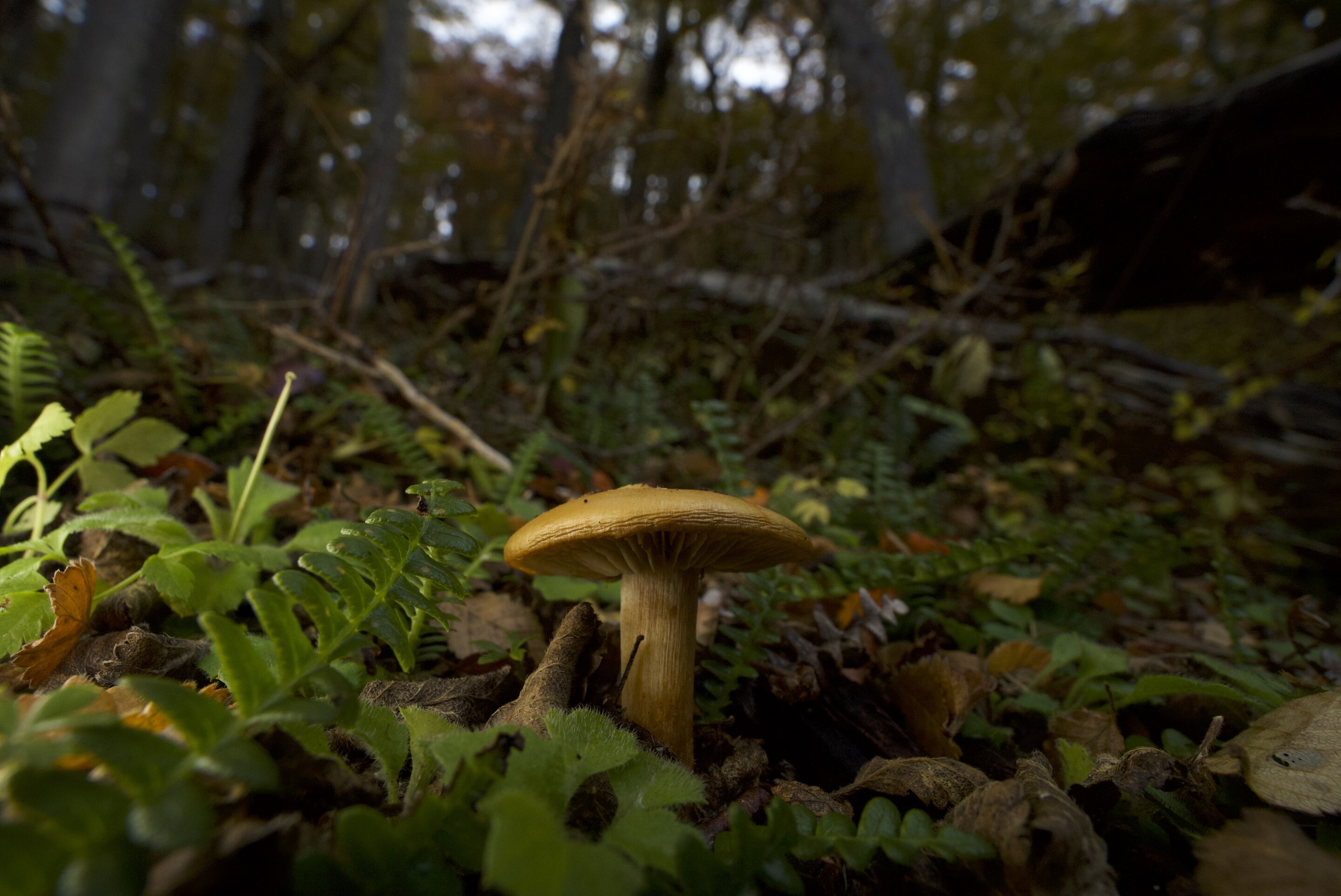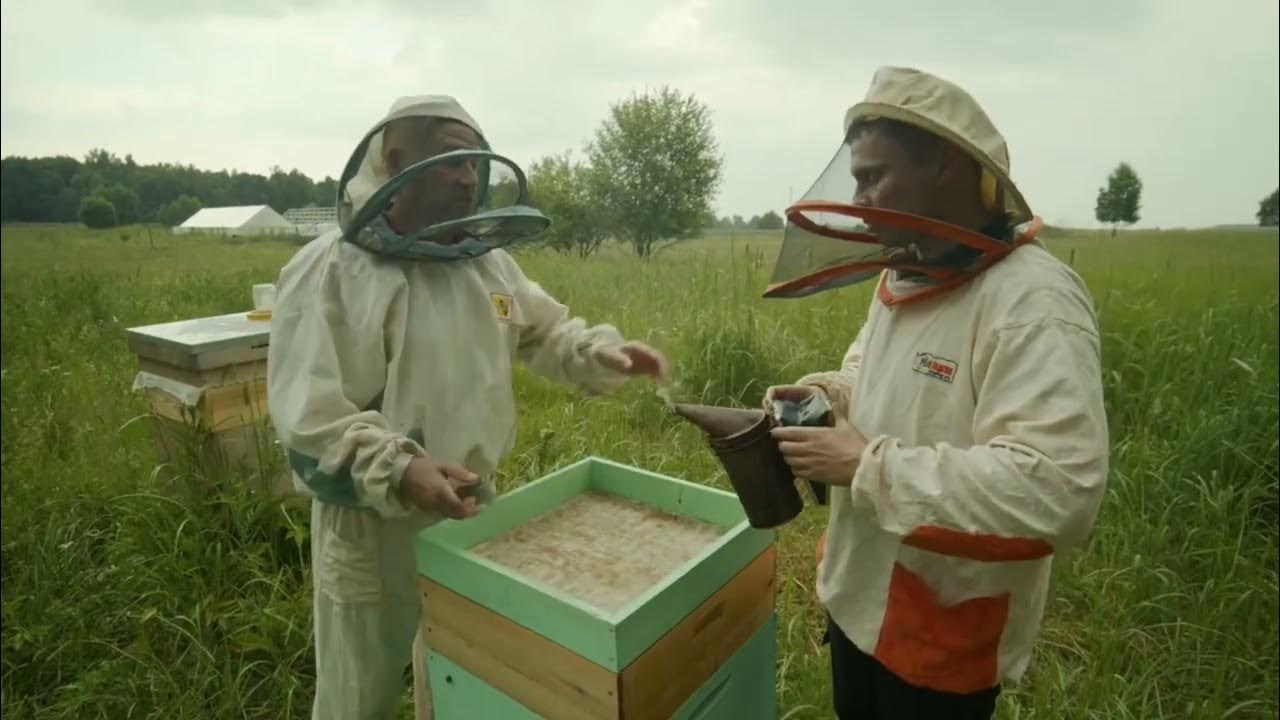Climate Change Fuels The Spread Of Dangerous Fungi

Table of Contents
Increased Prevalence of Fungal Infections
The changing climate is creating a perfect storm for fungal growth. Rising temperatures and increased humidity, particularly in previously temperate regions, are expanding the habitats and reproductive success of many pathogenic fungal species. This translates into a significant rise in fungal infections globally.
Impact on Human Health
Warmer temperatures and increased rainfall create damp conditions ideal for fungal spores to thrive. This is directly linked to a rise in infections like:
- Aspergillosis: A lung infection caused by Aspergillus fungi, affecting immunocompromised individuals and those with pre-existing respiratory conditions.
- Candidiasis: Yeast infections caused by Candida species, increasingly prevalent due to changes in skin microflora and weakened immune systems.
- Cryptococcosis: A potentially fatal fungal infection affecting the lungs and central nervous system, particularly impacting those with HIV/AIDS.
These infections are becoming more frequent and severe, particularly in:
- Tropical and subtropical regions: experiencing higher temperatures and humidity.
- Urban areas: with higher population density and potential for increased exposure.
- Immunocompromised populations: including the elderly, those with chronic illnesses, and those undergoing cancer treatment.
Climate change-related factors such as extreme weather events and displacement of populations contribute to increased vulnerability and challenges in providing effective treatment.
Impact on Agriculture
The agricultural sector is facing a significant threat from climate change-fueled fungal plant diseases. Warmer temperatures and altered rainfall patterns create favorable conditions for fungal pathogens to flourish, leading to:
- Increased incidence of late blight: devastating potato and tomato crops globally.
- Higher prevalence of various rusts: affecting wheat, coffee, and other vital crops.
- Reduced crop yields: leading to food shortages, price hikes, and increased food insecurity in vulnerable regions.
The increased use of fungicides to combat these diseases has significant environmental consequences, including potential impacts on beneficial organisms and the development of fungicide resistance.
Geographic Expansion of Fungal Habitats
Climate change is not just increasing the prevalence of existing fungal infections; it's also dramatically altering the geographic distribution of fungal species.
Shifting Distribution Ranges
Many fungal species are expanding their ranges into previously unsuitable regions due to shifting temperature and precipitation patterns. This includes:
- The northward expansion of fungal pathogens in temperate zones, affecting previously unaffected ecosystems and crops.
- The spread of tropical fungal diseases into higher altitudes and latitudes.
- The increased establishment of invasive fungal species, outcompeting native species and disrupting local ecosystems.
Altered Ecosystem Dynamics
The expansion of fungal habitats has profound consequences for the balance of ecosystems. These include:
- Increased mortality rates among plants and animals vulnerable to novel fungal pathogens.
- Disruptions to food webs and the complex interactions between organisms within an ecosystem.
- A greater risk of the emergence of new infectious diseases, as fungi adapt to new environments and hosts.
Mitigation and Adaptation Strategies
Combating the escalating threat of climate change-fueled fungal infections requires a multifaceted approach.
Addressing Climate Change
Reducing greenhouse gas emissions is paramount to mitigate the long-term effects of climate change on fungal proliferation. This involves:
- Transitioning to renewable energy sources.
- Improving energy efficiency.
- Implementing sustainable agricultural practices.
- Promoting global cooperation and enacting effective climate policies.
Improving Surveillance and Disease Management
We also need to enhance our capacity to detect, manage, and treat fungal infections:
- Investing in early detection and intervention strategies.
- Developing new antifungal drugs and treatment regimens.
- Implementing public health campaigns to raise awareness about fungal infections and preventive measures.
- Strengthening global surveillance systems to track the spread of fungal diseases.
Conclusion
Climate change fuels the spread of dangerous fungi, posing a significant and growing threat to human health, agriculture, and global ecosystems. The increased prevalence of fungal infections, the geographic expansion of fungal habitats, and the resulting ecological imbalances necessitate urgent action. Addressing this challenge requires a two-pronged approach: mitigating climate change through global cooperation and strengthening our capacity to monitor, prevent, and treat fungal infections. Learn more about how climate change fuels the spread of dangerous fungi and take action to mitigate the impact of climate change on fungal growth. The future of our planet depends on it.

Featured Posts
-
 Evrovidenie Pobediteli Poslednikh 10 Let Chto S Nimi Seychas
May 25, 2025
Evrovidenie Pobediteli Poslednikh 10 Let Chto S Nimi Seychas
May 25, 2025 -
 Rowing For A Cure A Fathers Race Against Time For His Sons 2 2 Million Treatment
May 25, 2025
Rowing For A Cure A Fathers Race Against Time For His Sons 2 2 Million Treatment
May 25, 2025 -
 Zheng Qinwen Upsets Sabalenka In Rome Sets Up Gauff Clash
May 25, 2025
Zheng Qinwen Upsets Sabalenka In Rome Sets Up Gauff Clash
May 25, 2025 -
 Escape To The Country Redefining Rural Living
May 25, 2025
Escape To The Country Redefining Rural Living
May 25, 2025 -
 French Pms Dissent Key Decisions Questioned Under Macron Presidency
May 25, 2025
French Pms Dissent Key Decisions Questioned Under Macron Presidency
May 25, 2025
Latest Posts
-
 When And Where To Watch The Saint On Itv 4
May 25, 2025
When And Where To Watch The Saint On Itv 4
May 25, 2025 -
 Itv 4 Tv Guide When Is The Saint On
May 25, 2025
Itv 4 Tv Guide When Is The Saint On
May 25, 2025 -
 The Saint On Itv 4 Episode Guide And Schedule
May 25, 2025
The Saint On Itv 4 Episode Guide And Schedule
May 25, 2025 -
 Ohnotheydidnt And The Hunger Games A Live Journal Community Analysis
May 25, 2025
Ohnotheydidnt And The Hunger Games A Live Journal Community Analysis
May 25, 2025 -
 The Saint Itv 4 Tv Guide And Air Times
May 25, 2025
The Saint Itv 4 Tv Guide And Air Times
May 25, 2025
